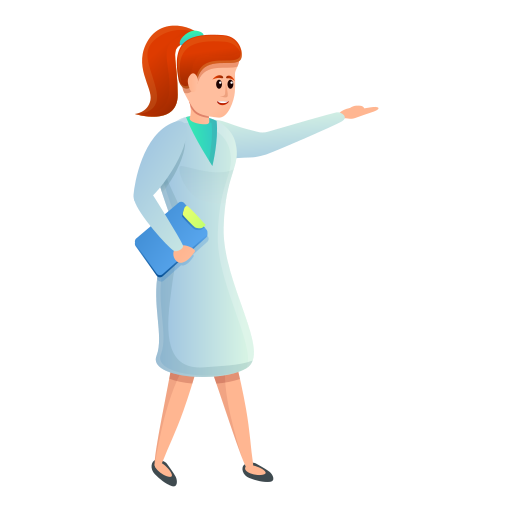Modern Nursing vs. 1900 Nursing
Nursing has evolved significantly over the past century, reflecting advancements in medical technology, scientific research, and changes in healthcare delivery systems. This essay aims to compare and contrast modern nursing with the nursing practices of the early 1900s. Throughout this analysis, we will explore the intelligence and comprehension of a graduate school student to assess the multifaceted dimensions of these two distinct eras of nursing.
Historical Context
To understand the differences between modern nursing and 1900 nursing, it is essential to delve into the historical context of the early 20th century. During this time, nursing was primarily shaped by Florence Nightingale’s principles and the establishment of the American Nursing Association (ANA). However, nursing education and practices were considerably limited compared to today’s standards.
Education and Training
One notable distinction between modern nursing and that of the 1900s lies in the education and training received. In the early 1900s, nursing education was largely hospital-based and lacked standardized curricula. On the contrary, today’s nursing education encompasses comprehensive programs, often at the graduate level, addressing evidence-based practices, research methods, and professional ethics.
Development of Nursing Science and Research
Modern nursing has made significant strides in the development of nursing science and research. Graduate-level nursing students regularly engage in research projects, applying evidence-based approaches to enhance patient care. By contrast, in the early 1900s, nursing education primarily focused on the practical aspects of patient care, with limited emphasis on scientific inquiry.
Technological Advancements
The exponential growth of medical technology has revolutionized healthcare delivery and nursing practices. Compared to 1900 nursing, today’s nurses have access to a wide range of sophisticated tools and devices, such as electronic health records, telemedicine, advanced monitoring systems, and robotics, improving patient outcomes and enhancing nursing efficiency.
Nursing Roles and Specializations
The roles of nurses have diversified significantly in recent decades. Advanced practice roles, nurse practitioners, certified nurse-midwives, and nurse anesthetists are just a few examples of modern nursing specializations. In contrast, early 1900 nursing primarily encompassed bedside care and limited opportunities for specialized fields.
Therapeutic Interventions
The therapeutic interventions utilized by nurses have expanded tremendously since the early 1900s. Modern nursing incorporates a holistic approach, integrating various therapies, including pharmacological, alternative, and complementary interventions, to address patients’ physical, emotional, and spiritual well-being.
Collaborative Healthcare Teams
Modern nursing places great emphasis on interdisciplinary collaboration and teamwork. Today’s graduate nursing students are trained to collaborate closely with physicians, pharmacists, social workers, and other healthcare professionals to develop comprehensive care plans. In contrast, 1900 nursing had more limited interdisciplinary collaboration due to the hierarchical structures within healthcare.
Patient Autonomy and Empowerment
In contemporary nursing, patient autonomy and empowerment are core principles. Graduate students are educated on fostering patient partnership, shared decision-making, and respecting patients’ preferences. The early 1900s, in contrast, saw nursing, predominantly a profession based on authoritarian relationships between nurses and patients, with limited opportunities for patient empowerment.
Evolution of Nursing Ethics
The field of nursing ethics has made significant progress since the early 1900s. Contemporary nursing students are educated on ethical principles such as autonomy, beneficence, and non-maleficence, ensuring ethical decision-making in clinical practice. In contrast, ethical considerations in 1900 nursing were more limited in scope and often guided by societal norms rather than formal ethical frameworks.
Conclusion:
Modern nursing represents an extraordinary transformation from the nursing practices of the early 1900s. Through the lens of a graduate school student’s intelligence and comprehension, we can see how nursing has evolved in terms of education, technology, specialization, role expansion, patient-centered care, ethics, and collaborative practice. These advancements highlight the ongoing commitment of the nursing profession to provide high-quality, evidence-based, and patient








